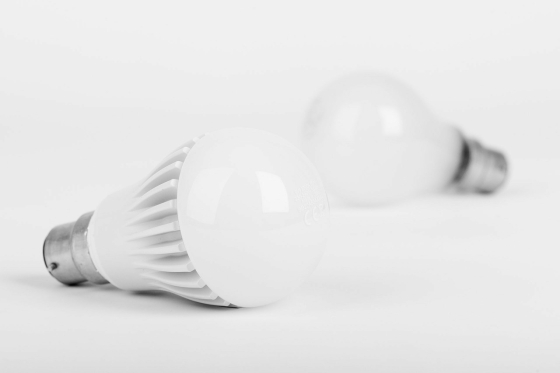BLT Direct Launch Glossary of Terms to Help Mystified Consumers Pick Perfect Bulb

BLT Direct, one of the UK’s leading suppliers of lighting solutions and energy-saving light bulbs, is aiming to simplify the world of lighting for consumers by providing them with a simple and easy guide to the basic terms that they will need to choose a new light bulb.
An article in The Guardian this week has called on energy-saving light bulb manufacturers to make their packaging and descriptive terms easier for consumers to understand, after many have complained about the confusion they have experienced in switching to cost-efficient alternatives. As we continue into 2014, many people will decide that this is the year they cut their electricity bills and will attempt to fit their house with energy-efficient alternatives to their existing bulbs, but many are hitting stumbling blocks in the terminology. Words such as ‘lux’, ‘lumens’ and ‘Kelvin’ are mystifying members of the public, who have never had to learn anything more than wattage and base types before.
Steven Ellwood, Managing Director of BLT Direct, says, “With the influx of energy-saving light bulbs and LED lighting solutions hitting the market, comes a range of new terms and phrases that many consumers are yet to grasp. Wattage is no longer relevant and should not be used as a way to choose your next light bulb, but with many people struggling to understand why their Kelvin rating should be close to a certain figure, or how to achieve maximum illumination by balancing lux and lumens, it can be difficult to settle on the right choice. We have put together a short guide to new lighting terminology for consumers who are having trouble deciding which bulb is right for them.”
Lux can be simplified by saying it is also known as illumination; one lux is equal to the illumination of a surface situated one metre away from a bulb. This standardised unit of measurement can be used to gauge the illumination standard of anything, from daylight (between 32,000 and 100,000 lux) to moonlight (just one lux).
<span style=font-size: small;> Lumens, however, is a unit of measurement which gauges the amount of light produced by a lamp or a bulb. General office lighting, for example, measures around 1,600 lumens, while street lights measure in at about 12,000 lumens.
The relationship between lux and lumens is a simple one. Measuring the lux (the intensity of the light) tells you how many lumens you need to illuminate any room or outdoor area. For example, a 10,000 lumens bulb could light up an area of one square metre, and the lux would also be 10,000, but if the room was ten square metres, the lux would decrease by 10 times, down to 1,000. The two are interlinked and can help anyone to establish exactly which bulb will provide optimum illumination for their space.
It is important not to get lux or lumens mixed up with wattage, which is not a measurement of illumination at all. Watts are a measurement of power, and how much power a bulb requires to function. Wattage is slowly being phased out as a way to compare bulbs; developments in energy-saving technology have meant that it is no longer an accurate measure of how bright or how effective a bulb will be in a certain space. More wattage doesn’t necessarily mean more brightness anymore, and so it is important not to get watts confused with lux or lumens.
Kelvin is a measurement of colour temperature which is useful when choosing lights for aesthetic purposes. high colour temperatures such as 4600K are known as ‘daylight colours’, and they are blue-white in appearance. These are used in offices to help keep employees alert and boost their productivity much like natural light does. Mid-range colour temperatures, of around 3000K – 4600K are more of a cool white; not quite warm but not as vibrant and blue as the higher temperatures. At the lower end of the Kelvin scale are the warm white colours, which provide a welcoming and calming orange light, often used in living rooms and bedrooms to create a cosy atmosphere. Colour and brightness in bulbs should not be confused, as they are very similar things.
CRI is also an important term with regards to the aesthetic nature of a bulb; it stands for Colour Rendering Index, and it gauges how accurate colours appear under the illumination of a bulb. Many people have experienced light bulbs that wash everything with an orange light, the CRI of these bulbs will mostly likely be in the low 80s, whereas daylight itself, where colours appear pure and immune to colour rendering will hit the maximum of 100. A threshold of 80 CRI is recommended for all interior bulbs.
Created by Rebecca Appleton on 13th January, 2014
Author
 | Rebecca AppletonQualified online journalist, specialising in the home improvements and energy saving sectors |



